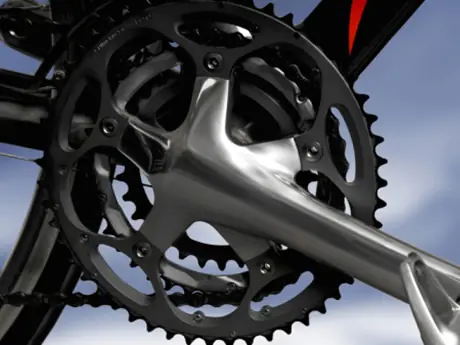
Back in the day, putting a triple crankset on your road bike was akin to saying "I can't climb." As a bit of a clarification, a triple crankset means three chainrings up front, just as is found on most mountain bikes. "Triples," as they are called, were just not all that popular for road bikes and it had more to do with ego and availability than with their effectiveness.
Luckily, about 10 years ago savvy product managers at the big bicycle manufacturers starting specing road bikes with triples. This was probably more a response to the mountain biking crowd crossing over to road bikes than a general softening of the stigma held by most roadies.
On a mountain bike, being able to float over obstacles or spin up steep climbs made triples almost mandatory. Sure, there are mountain bikers who proudly announce at the end of the day, "I only used my middle chainring," but that brings us back to that ego thing.
More: What are the Advantages of Compact Gearing?
The top riders are smart enough to realize whatever gets the job done is the proper gear. They need to go as fast as possible. That's the bottom line. It's also important to debunk the "I can't climb" statement. Everybody can climb. Most of cyclists just can't climb as fast as somebody like 2013 Tour de France winner Chris Froome.
What's important is to have the gearing on your bike that allows you to climb at your preferred pace. For some cyclists that means buying a bike with a triple.
But, what about those who bought a road bike with a double chainring setup and are now struggling to find a low enough gear to go uphill without coughing up a lung or blowing out their knees?
More: 5 Ways to Become a Better Climber
The easiest and cheapest fix for this problem is to get bigger gears in back. That means swapping out your existing cassette. The good news is that you can always put the old cassette back on. The bad news is that bigger gears mean bigger gaps between those gears, so finding a comfortable pedaling cadence, especially on flat terrain, is a bit more difficult.
That's all manageable though, especially if it means you get up climbs more comfortably. It's all about the trade-offs.
One simple fix is to upgrade your bike to a compact crankset. A compact crankset is still a double but has smaller chainrings up front rather than bigger gears in back. Most double chainring cranksets have a 39-tooth low gear. With a compact crankset you can get a 34-tooth low gear, and that makes a big difference.
More: 9 Cycling Tips for Better Hill Climbing
One of the best things about switching to a compact crankset is that most cyclists embrace the change and that whole ego thing does not come into play. Of course, there are still a few die hards who cling to their bigger gears. But, while they are over at their orthopedist getting their knees checked out, you're out riding your bike. And most importantly, having fun!
So, in recap, it you are climbing challenged, get a bike with triple chainrings up front. If you already have a road bike and the hills are getting more challenging, you don't need to buy a new steed. Consider swapping out your standard double chainring crankset for a compact model. And, the next time you go buy a bike, more manufacturers are putting compacts on their road bikes. That could just be the ticket to make your climbing more enjoyable.
More: 11 Climbing Tips for Cyclists
 Ready to ride? Search for a cycling event
Ready to ride? Search for a cycling eventAbout the Author




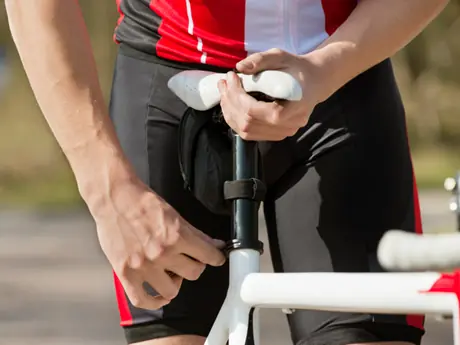
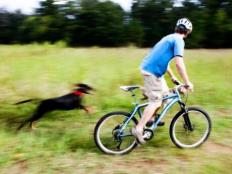
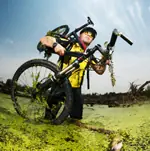

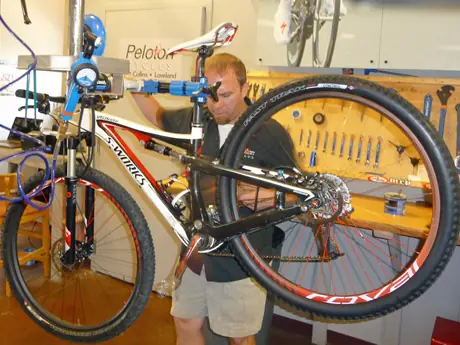
Discuss This Article